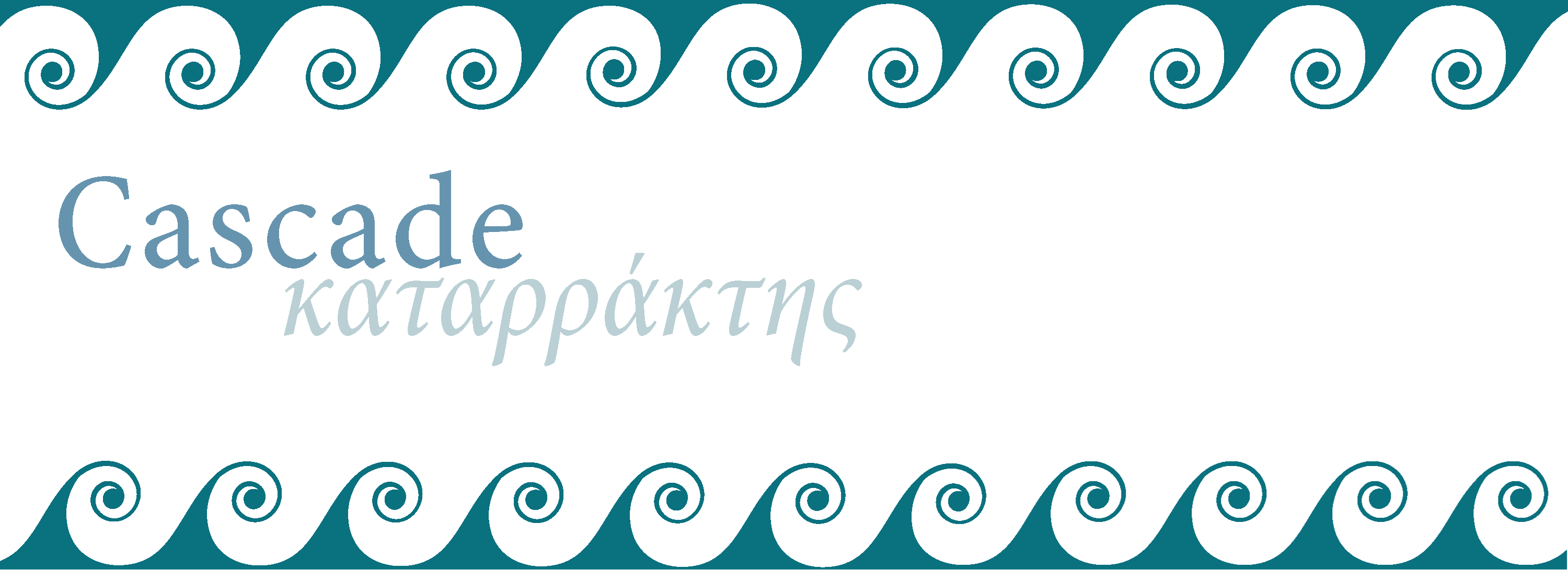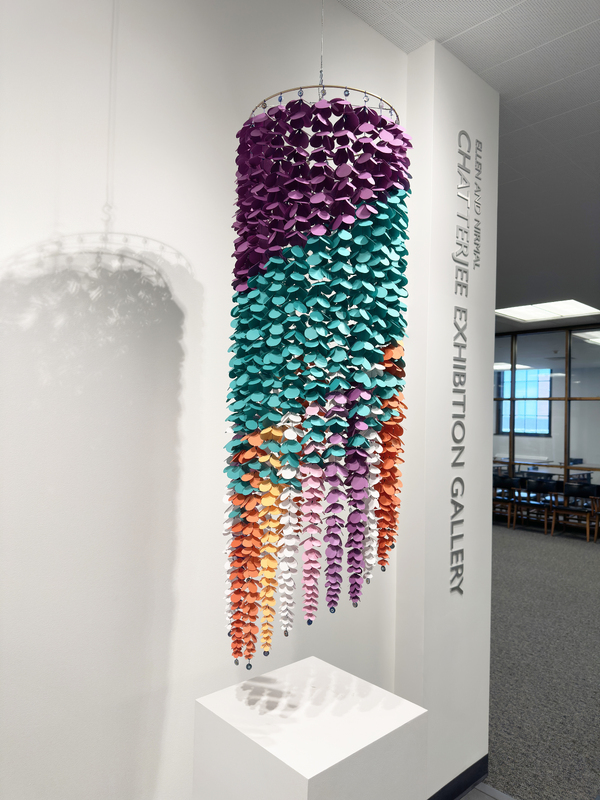
πό[λλοις γὰρ στεφάν]οις ἴων
καὶ βρ[όδων σφα]κίων τ᾽ ὔμοι
κἀ[νήτω] πὰρ ἔμοι περεθήκαο
καὶ πόλλαις ὐπαθύμιδας
πλέκταις ἀμφ᾽ ἀπάλαι δέραι
ἀνθέων [ἔβαλες] πεποημμέναις
For you placed many wreaths of violets and roses,
sage-apples and dill near me,
and you placed many plaited garlands made of
flowers around our soft skin ...
Sappho, Fragment 94, lines 12-17
Translated by Eleonora Mylli and Panigiotis Sotiroudis,
Adapted by Malina Infante
Sweetbitter follows the previous RBML exhibit ‘We Are Each Other’s Harvest’: Gwendolyn Brooks and the Formation of Black Literary Canon (2024-2025). In reading two women poets millennia apart, it has been fascinating to examine their emotional and intellectual impact on readers. Visitors who peruse the Brooks archives often act as a kind of votary, seeking and feeling connection with her works. Of course we have no primary documents of Sappho, only historical accounts, and we live in a time when the Classical tradition is being actively attacked, dismantled, or distorted beyond recognition. The duty of curators and archivists is to protect and steward our holdings in trust for the public good. We are all aware that all texts are survivors of one kind or another – of wars, censorship, climate catastrophes, the wild chances of time and distance. We remember the beacon of Alexandria; we will not lose the light.
Cascades is a moving art installation of cut paper flowers intertwined with Greek “evil eye” beads. The colors of the flowers evoke the violets of Sappho’s poetry, the blue seas of the Mediterranean, and the shades of the Lesbian Pride flag. Greek “evil eye” or “worry beads” are traditional symbols of protection that reflect negative intentions back upon their senders. Dating from pre-Christian times, the iconography and the objects are still commonly seen throughout Greece today. In a time when art, books, libraries, poetry, queerness, and women are all under attack, this kinetic sculpture offers peace, safety, and solidarity to our visitors.

